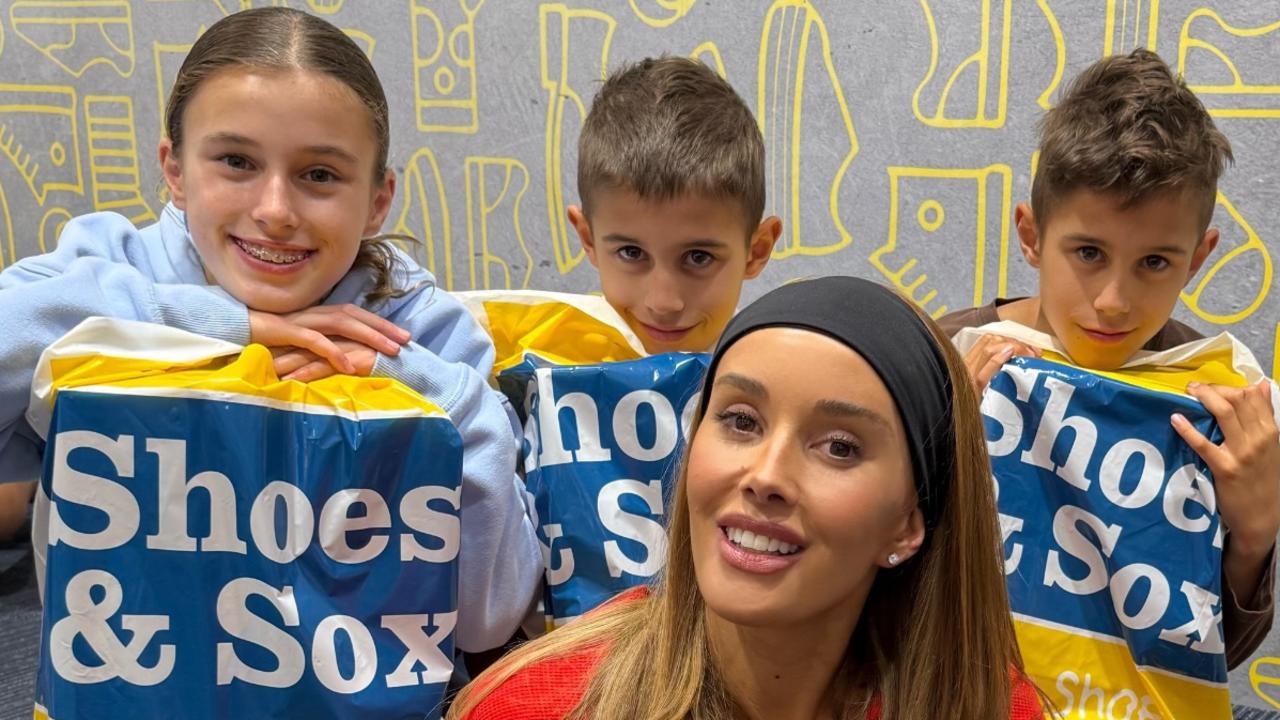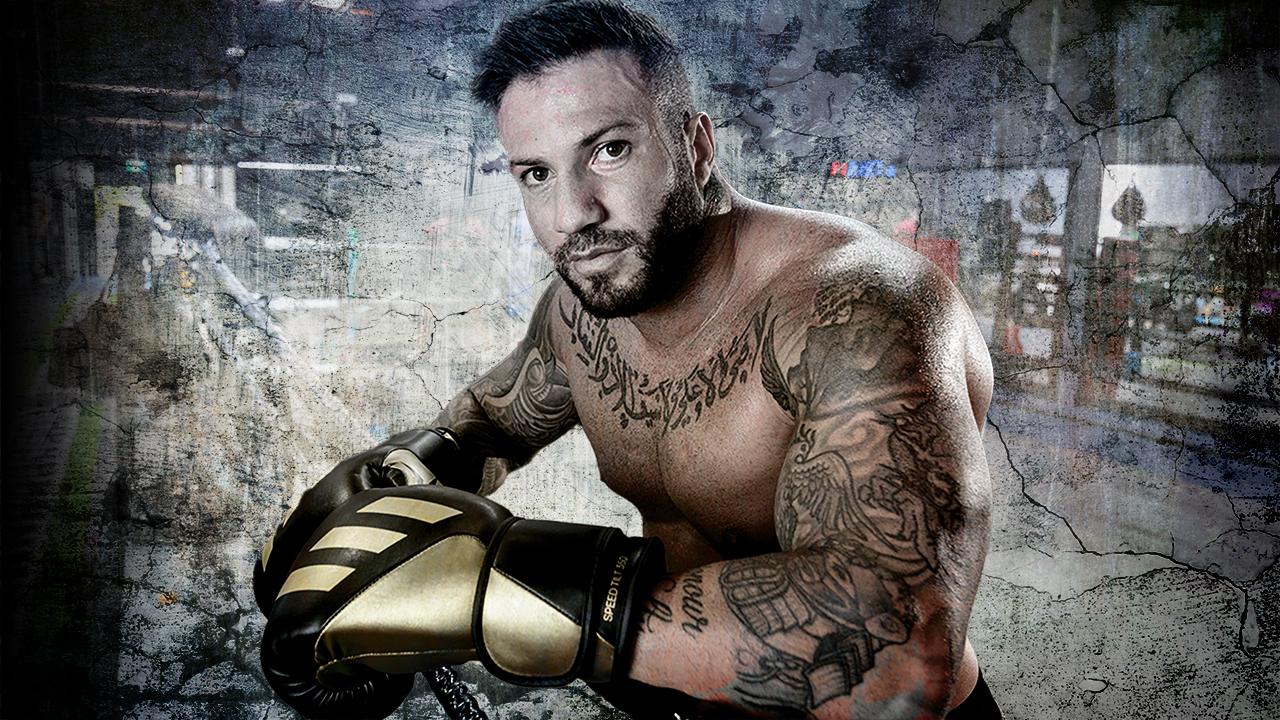Best and worst Victorian IVF clinics revealed for 2024
These are Victoria’s highest and lowest performing IVF clinics, according to new data. See the list and how to pick the one that’s right for you.

News
Don't miss out on the headlines from News. Followed categories will be added to My News.
Exclusive: Women seeking fertility treatment are 10 times more likely to have a baby if they seek help from the highest performing IVF clinic in Victoria, compared with the lowest performing one.
Monash IVF Geelong was the top clinic in the state for women under 35, with 58.6 per cent of embryo transfers resulting in a baby, according to the newest figures from the Federal Government’s Your IVF Success website.
Genea Heidelberg had the lowest rate of success, with 31.1 per cent.
Monash IVF Bendigo was the top performer in the state for those aged 35 to 42, with 45 per cent of embryo transfers resulting in a baby, compared with the lowest performer Monash IVF Mildura which achieved just 4.5 per cent.
Mildura’s figures were based on small numbers which can skew results.
The national average for those under 35 was 48.1 per cent and for those 35 to 42 it was 21.3 per cent.
Independent experts from UNSW looked at five performance measures to determine the figures on the Your IVF Success website.
From those results we produced two league tables of IVF success rates.
The first table shows the number of live births that resulted from the eggs (fresh or frozen) collected from women in 2021 that were fertilised and implanted as embryos in 2021 and 2022.
A second table shows looks at the number of pregnancies per treatment, using data from 2023.
One in 18 babies in Australia are conceived through IVF and in 2022 there were 100,038 IVF cycles, with 17,963 babies born through the technology.
Dr Frank Quinn, Medical Director, IVFAustralia, said their metro-based clinics have consistently high IVF success rates that sit well above the national average for all age groups.
“It can be difficult to compare individual clinic success rates as the results can be easily skewed if a clinic treats more complex patients or has a higher number of older patients,” Dr Quinn said.
Chief Scientific Officer at Monash IVF Prof Deirdre Zander-Fox said the Bendigo centre’s results showed the regions also had access to top-quality services.
She said she was also proud of the results for Monash’s Clayton, Cremorne and Geelong centres, which specialise in the most complex cases, including extremely low sperm production.
“We always look for new technology,” she said.
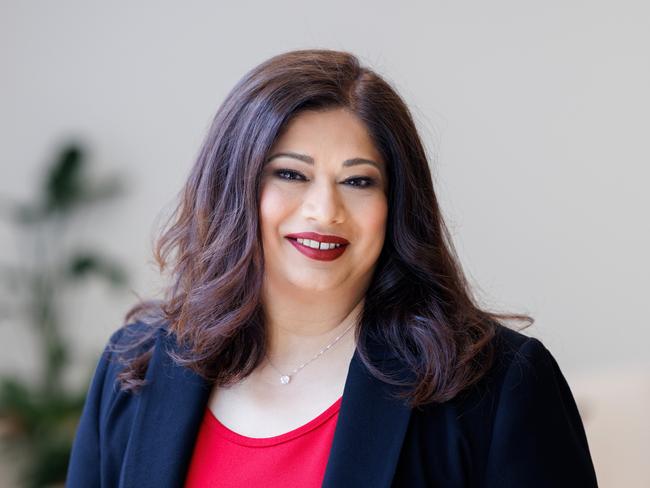
Melbourne-based Genea Fertility Specialist Dr Chandrika Parmar said key technology such as state-of-the-art incubators ensured their clinics achieve excellent results.
“As we review opportunities to integrate AI, our focus remains on enhancing both success rates and the overall patient experience,” Dr Parmar said.
The clinics also use time-lapse technology for all embryos, which couples can watch via an app.
Group Director of ART, Scientific Innovation and Research, Professor David Gardner said: “Melbourne IVF continues to have the highest success rates in Melbourne. Our ongoing clinical success is attributed to our scientific excellence and commitment to innovation, combined with leading fertility doctors to provide the best possible outcomes for our patients.“
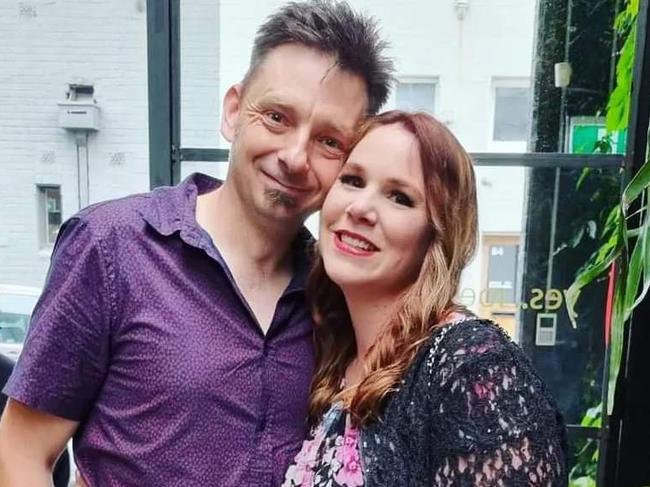
Jess Reed, 36, felt cheated when she discovered she had a low egg count, because “you just don’t think that this is going to happen to you”.
Married to Matt, 38, they waited until they were settled and had stable jobs before starting a family, but had trouble conceiving.
The couple, who started fertility treatment at one clinic, moved with their fertility specialist Dr Genia Rozen, when she started a new job with Genea Melbourne.
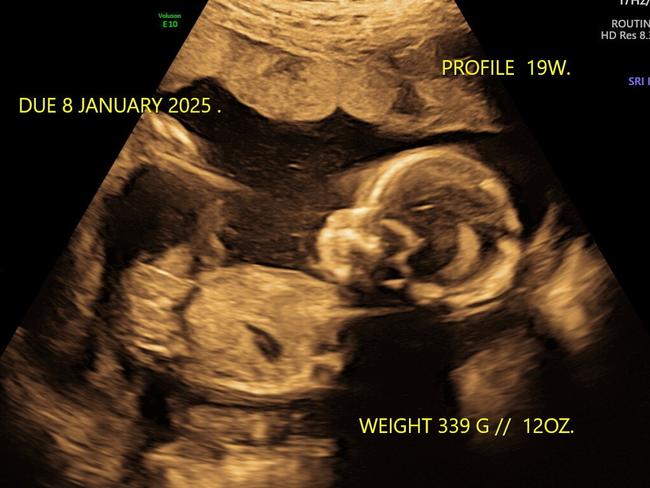
Over the course of a year, Ms Reed had numerous rounds of egg extractions and embryo freezing. In February, the couple experienced one of their lowest points, when the six eggs that were collected came back without cells.
Ms Reed went through another round of IVF in April, using follicle stimulants and intracytoplasmic sperm injection, and fell pregnant.
It’s been such a journey that even at 35 weeks pregnant, Ms Reed can’t quite believe she is having a baby.
One of the biggest stressors during their IVF journey has been the financial toll, with the couple spending roughly $20,000, especially after Mr Reed was made redundant.
The couple are eagerly awaiting the birth of their daughter, expected on January 8.
A spokesman for Monash IVF said compared to big, city clinics, regional ones treat far fewer people and therefore the data can be “hard to read”.
“Our scientific governance policies are very rigid and highly governed,” the spokesman said. “We apply the same principles in Mildura as we do in Melbourne and Sydney.”
Comment is being sought from Genea Heidelberg.
More Coverage
Originally published as Best and worst Victorian IVF clinics revealed for 2024



